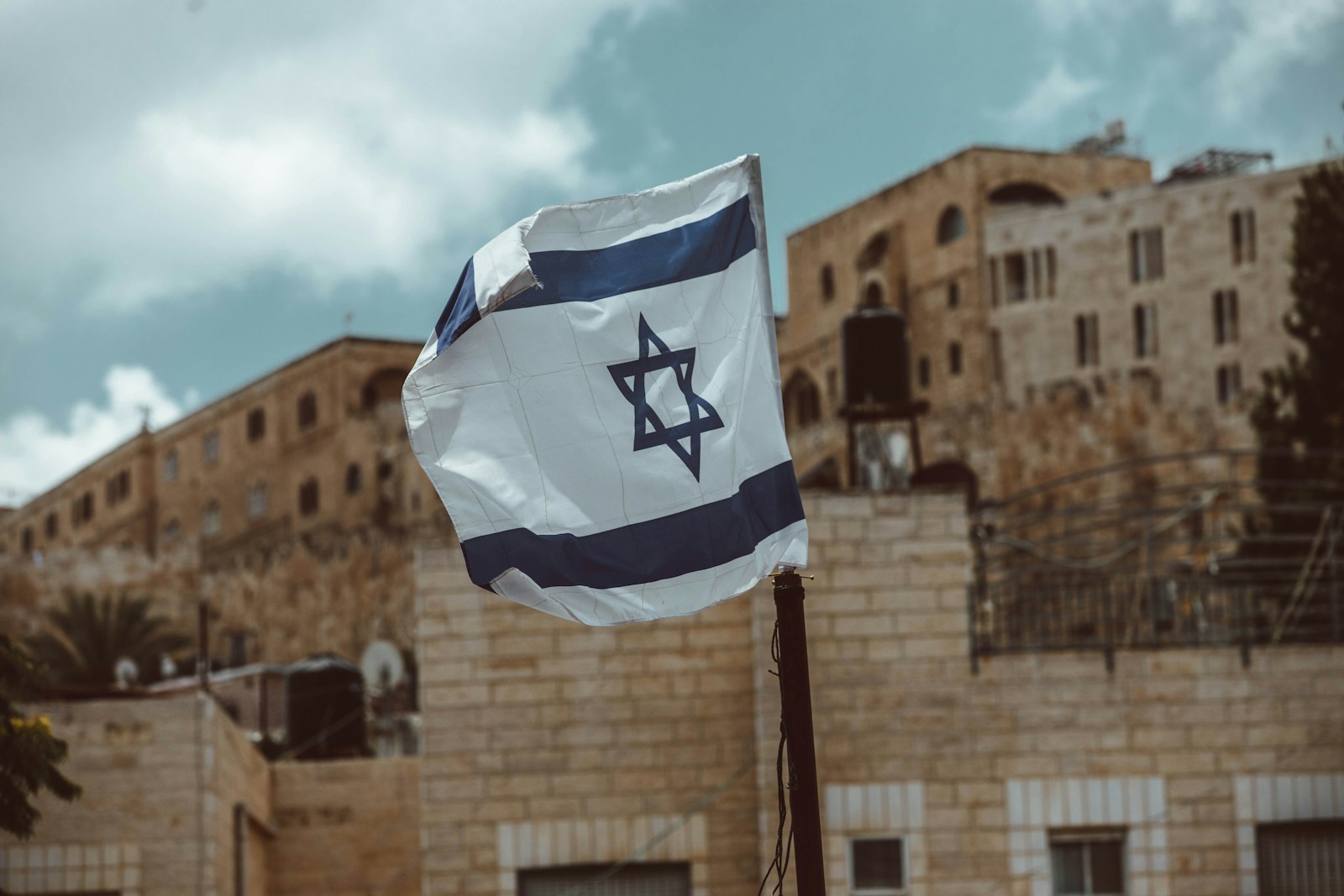Key Takeaways:
• Israel struck targets in southern Gaza after troops came under fire.
• Health officials reported at least nine Palestinians killed.
• This was the first major test of the U.S.-brokered ceasefire.
• The ceasefire aims to halt more than two years of fighting.
Why Did This Happen?
Israel said its soldiers on foot patrol in southern Gaza came under fire from militants. Consequently, its air force hit several sites where fighters were based. This strike followed days of calm under a new ceasefire meant to stop two years of war. Yet tensions stayed high along the Gaza border.
First, Israel warned that it would respond to any attack on its troops. Moreover, Hamas said it had no plans to violate the ceasefire. However, fierce fighting near the border led to a quick Israeli reply. Thus, this incident became the first big exam for the fragile peace deal.
What Happened in the Strike?
According to health authorities in Gaza, at least nine people died. Several others suffered injuries when buildings collapsed in the strikes. Israel said it targeted militant positions, ammunition stores and tunnel shafts. Civilians lived near many of these sites, so damage spread beyond military zones.
Meanwhile, witnesses described loud explosions and plumes of smoke. Children and elderly residents rushed to bomb shelters as sirens wailed. Within hours, ambulances and rescue teams pulled survivors from rubble. Hospitals began treating dozens with wounds from splinters, shrapnel and collapsing walls.
Reaction to the Ceasefire Test
Israel’s leaders said they still back the ceasefire. They stressed the need to keep troops safe. In addition, the military vowed to act firmly against any new attack on its forces.
On the other side, Hamas condemned the air strikes as a breach of the deal. It accused Israel of harming innocent people. The group said it reserves the right to respond if strikes continue. Such warnings risk fueling a cycle of escalation.
International voices also weighed in. The United States urged both sides to stick to their commitments. Furthermore, diplomats called for an immediate halt to all violence. They warned that renewed fighting could endanger the overall peace process.
Looking Ahead: Ceasefire Challenges
With this first test, observers worry the ceasefire may weaken. If Israel launches more strikes, militants could retaliate. In turn, such moves might drag the deal back into open warfare.
However, there are reasons for cautious hope. Both sides have said they want to avoid major escalation. They depend on foreign aid, trade and basic services to flow across border crossings. A full breakdown of the ceasefire would cut all those lifelines.
Moreover, community leaders and aid groups emphasize the human cost. They stress that families in Gaza and Israel need peace. Thus, local pressure could help both parties maintain calm. International monitors may step in to verify that no side breaks the deal.
Still, the memory of past truces that collapsed under fire looms large. Each new incident tests the will of negotiators and fighters on the ground. In the coming days, diplomats will meet in the region. They aim to reinforce terms and build confidence. Only time will tell if these efforts succeed in keeping the ceasefire alive.
Key Elements of the Ceasefire
- Cease all cross-border attacks by Hamas and other militant groups.
- Israel pauses major military operations in Gaza.
- Gradual easing of restrictions on essential goods and aid.
- Monitoring by international observers.
- Regular diplomatic talks to address violations.
Why People Care
Ceasefire offers hope for families who have lived with fear. Children want to go to school without sirens. Parents seek safe hospitals and steady jobs. Meanwhile, Israeli communities near Gaza long for quiet nights. Thus, every day without rockets or air raids brings relief. When a ceasefire falters, suffering swiftly returns.
What Could Happen Next
If talks succeed, aid trucks will roll in more freely. Water, food and medicine can reach hospitals and shelters. Fishermen may return to coastal waters without fear. Rebuilding damaged homes could also start soon. In contrast, a collapse of the ceasefire would risk widespread violence. That could lead to far greater numbers of deaths and injuries on both sides.
Ways to Support Peace
Communities and leaders can:
• Encourage dialogue between neighbors on both sides.
• Back nonviolent initiatives that focus on education and health.
• Hold governments accountable for protecting civilians.
• Promote respect for humanitarian rules during conflicts.
Through these steps, civilians become more than bystanders. They turn into advocates for lasting calm.
FAQs
How did the ceasefire come about?
Diplomats from the United States mediated talks between Israel and Hamas. After months of indirect negotiations, both sides agreed to stop hostilities. The deal includes limits on air strikes and rocket launches.
What triggered the recent strike?
Israel said its troops came under gunfire in southern Gaza. In response, it launched air attacks on alleged militant targets. This marked the first big violation of the new ceasefire.
How does the ceasefire affect ordinary people?
Civilians in Gaza hope for steady supplies of food, water and medicine. Israelis near the Gaza border seek quiet nights without rocket alarms. A working ceasefire allows families to rebuild daily life.
What happens if the ceasefire breaks again?
Both sides could resume full-scale fighting. That would likely cause more deaths and injuries. International aid could get blocked, and diplomatic efforts might stall. Overall, people on both sides would suffer greatly.

